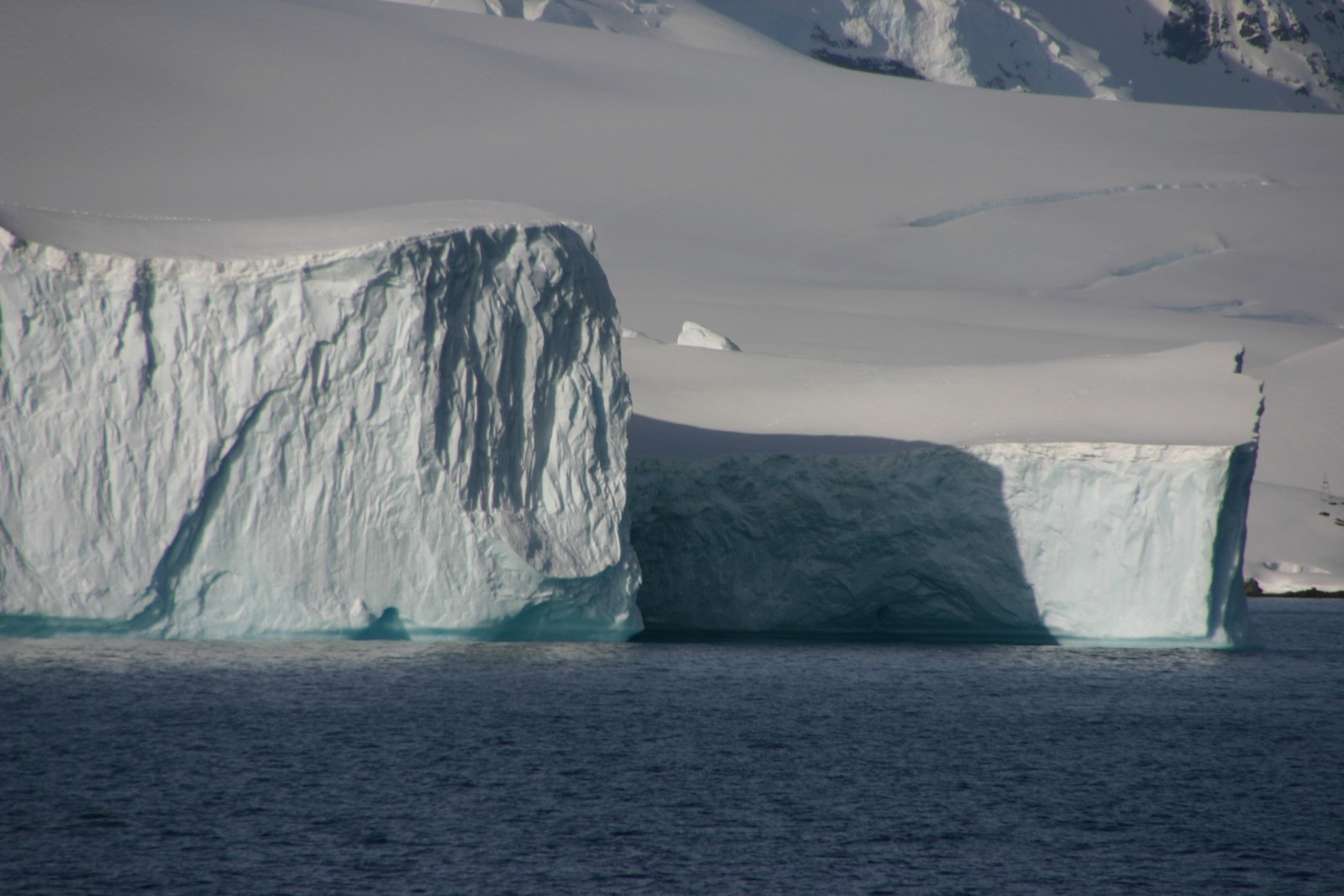Antarctica is an astonishing location loved in equal measure by ice enthusiasts and continent hoppers, but it also asks a lot in return for its prestigious polar status.
For one, you have to know when to visit Antarctica. And this isn’t just to avoid the proverbial “high season.” It’s because visiting Antarctica as a tourist simply isn’t possible at any other time than the Southern Hemisphere summer. Also, Antarctica is really far away. That’s true almost no matter where you live, unless you happen to live in the southernmost city in South America. And lastly, Antarctica is great at obliterating expectations – usually in a good way.
But if you do not know the best time to go to Antarctica or the trip that suits you best, you might be missing out on your ideal Antarctic adventure. Thankfully, however, you’ve found this article, which will give you the the basics on when to go, how to prepare, and what to expect on your once-in-a-lifetime voyage to Antarctica.
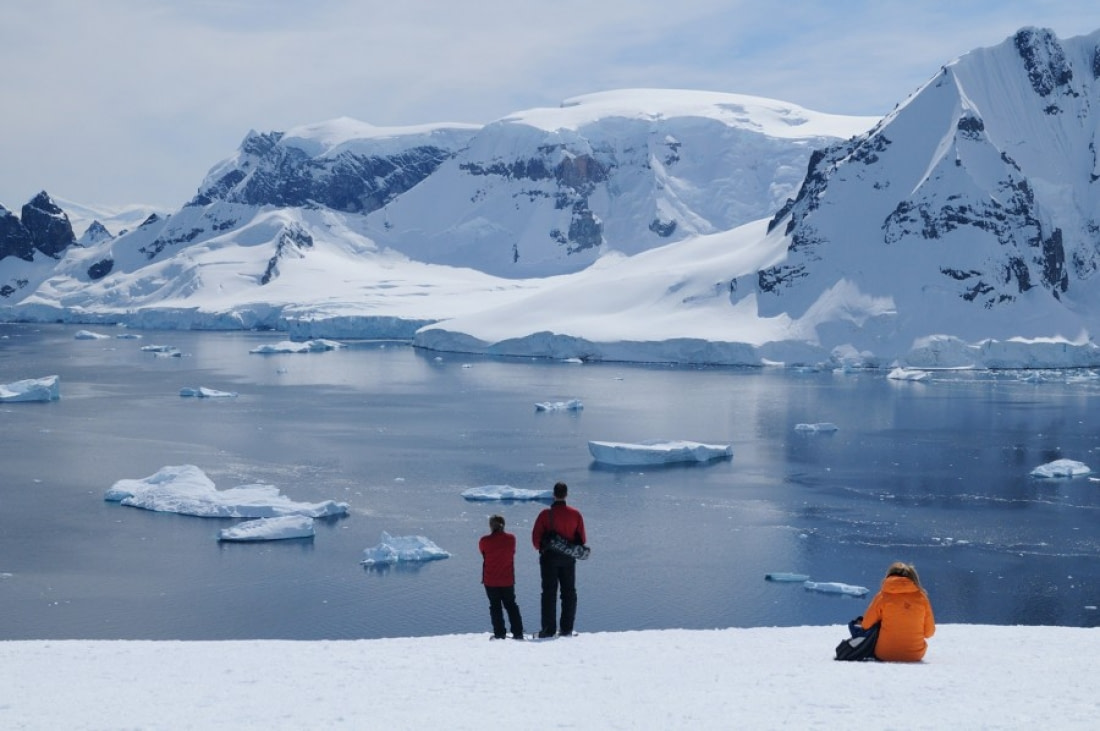
When to travel to Antarctica
Unless you’re a scientist or journalist traveling on special assignment, Antarctica is virtually off limits to you during the boreal (Northern Hemisphere) summer. What’s left are the austral summer months, specifically November through February.
Within this timeframe, however, there are many particulars of light and weather that may help you decide when to make your Antarctica cruise.
In the early season, penguins are mating and nesting and generally at their most active. The weather is colder, however, and most of the sea ice is still breaking up, so while shorelines are most pristine at this time, they can also be less accessible and more snowbound.
Later on, from December through January, is when you’ll get the most hours of sunlight.
For many travelers, more daylight is a good thing. It means better visibility, which means a sharper visual experience. But the reflection from Antarctic snow can create quite a glare, so if you’re not prepared for 20-hour days (or if you’re a vampire), it’s best to avoid this period.
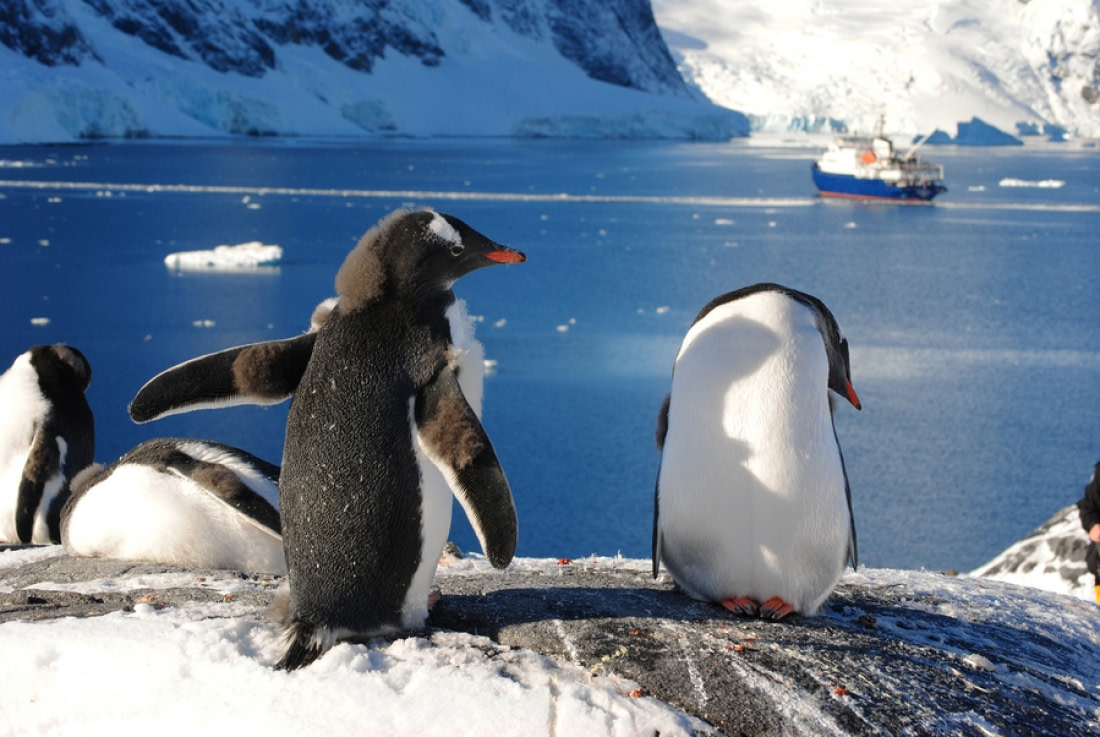
At the end of the austral summer, throughout February, is when you’ll usually have the widest range of excursion options.
This is because everything in Antarctica has warmed up by this time, making passage to the more southerly areas of the continent possible. And because warmer seas are more hospitable to krill, you’re also more likely to see Antarctica’s whale species in February.
Obviously, then, the success of your Antarctica cruise has a lot to do with scheduling and planning, which leads nicely to our next subtopic.
How to plan your Antarctic cruise (or which trip to book)
Even after you’ve decided when to take your trip to Antarctica, there are still numerous cruises from which to choose. And each has its own price tag.
For example, you can take a trip that’s mostly about whale watching, or you can book a cruise that’s heavy on activities but light on locations, or you can embark on an Antarctic voyage that focuses on both Antarctic and sub-Antarctic destinations.
And that’s assuming you know how long you can go and how much you can spend.
Still, don’t be discouraged: The option aren’t that varied. Most cruises to Antarctica last about one to three weeks, with only the multi-location outliers spanning around a month. And generally speaking, the longer the cruise, the bigger the budget.
Often, therefor, it helps to focus on your ideal trip and narrow it down from there.
Our Antarctic Peninsula voyages, for example, are best for those who want to see the most iconic Antarctic scenery as well as one or two penguin rookeries. These trips usually last one or two weeks and cost about 6,000 EU / 6,800 USD (or whatever conversion currently applies).
Longer Antarctic Peninsula trips that also include the Falklands, South Shetlands, or South Georgia, are great for wildlife enthusiasts, in particular birders. For us, these multi-stop voyages tend to last three weeks and run around 10,000 EU / 11,300 USD, depending on options.
Other cruises are geared toward adventurers, like our Basecamp trips, which anchor in one or two locations and offer activities like mountaineering, kayaking, hiking, even scuba diving. These trips last about a week and are priced only on request.
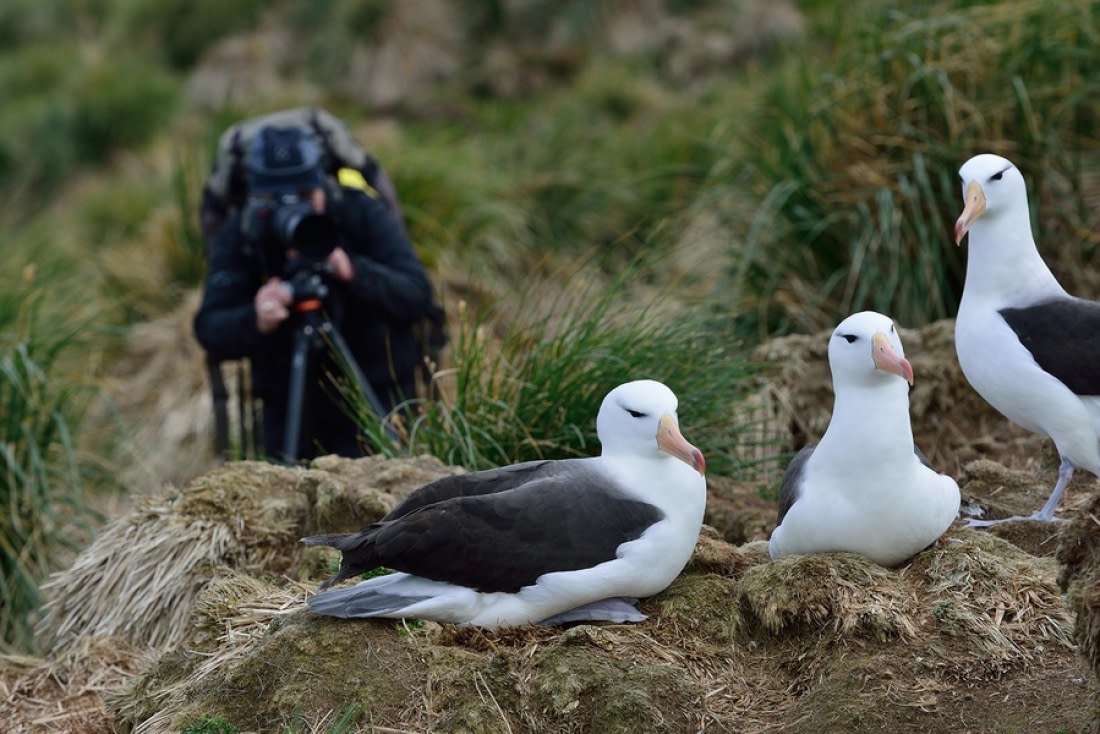
What to expect from Antarctic nature, wildlife, and activities
In a word, you can expect amazement.
More elaborately, we have to say that the true extent of what you can “get” out of an Antarctica voyage can’t be conveyed in words.
We could mention logistics, such as the fact that you’ll do a lot traveling in Zodiacs, have your choice of walking groups, and usually make two excursions per day.
We could go through our polar protocol, which obliges us to start your trip with a detailed safety briefing, provide boot solution to keep Antarctic landing sites free of contaminants, and ensure passengers stay at a respectful distance from all wildlife.
We could even talk about the eye-popping vastness of the penguin colonies you might encounter, the sound a minke whale makes when it spouts over an icy twilit bay, or the feel of the polar wind gusting down from the stark white heights of the Eternity Range.
Still, these are just words. And everyone is impressed by different things.
But words and preferences notwithstanding, it’s hard to stand on a dazzling Antarctic shore – surrounded on all sides by a primordial vision of Earth’s ancient ice-clutched prehistory – and not be utterly, unforgettably astounded.
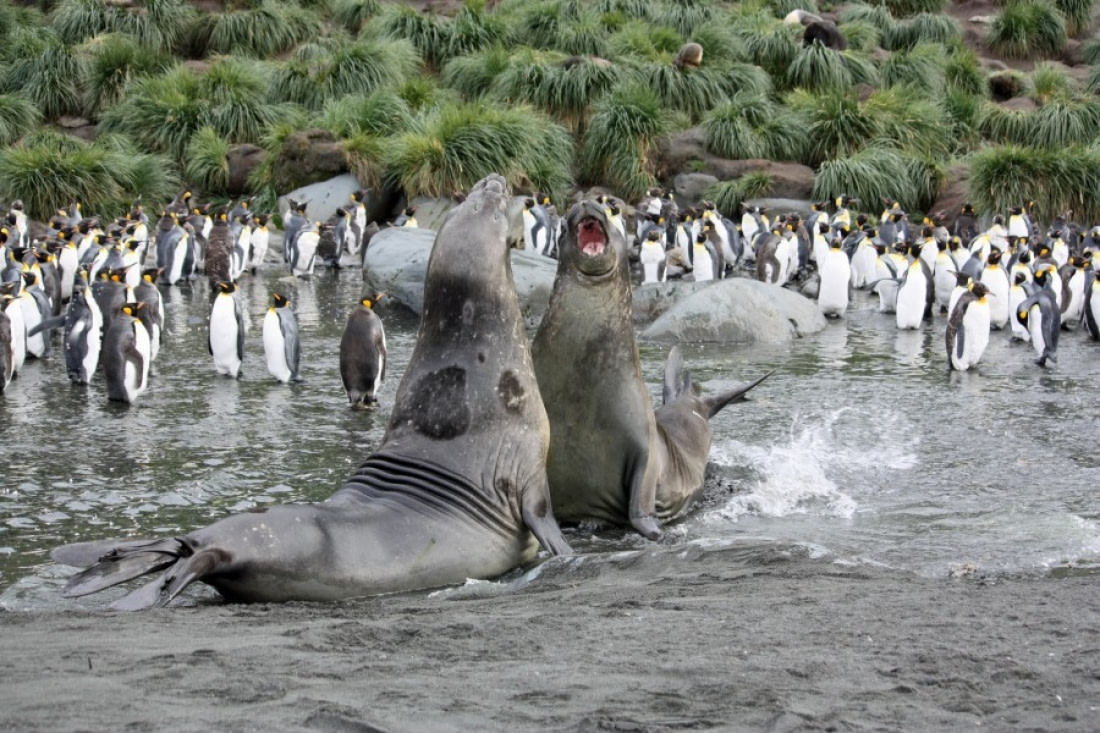
Blog


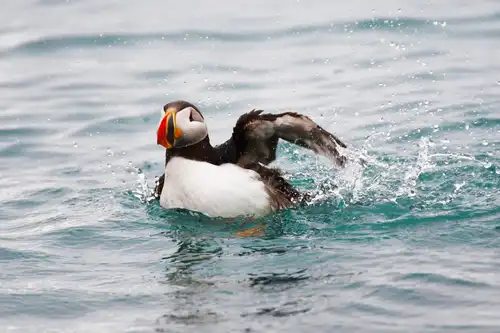
Puffins: Clown Birds of the Atlantic
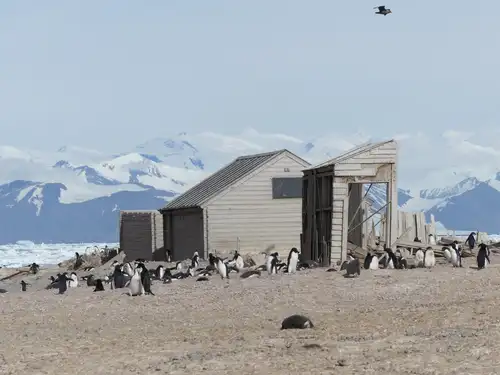
The First Buildings in Antarctica: Borchgrevink’s Historic Huts

Book Recommendations for Your Polar Cruise
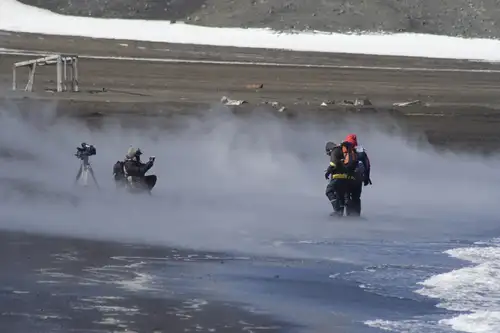
Deception Island deceptively active
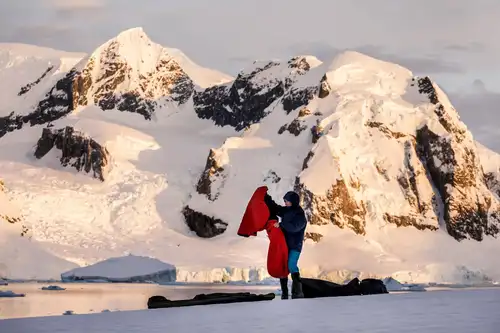
Camping in Antarctica: a True Expedition Experience
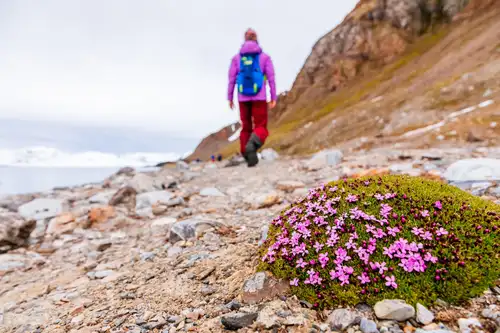
Seizing the Season: Spitsbergen’s Late Spring, Early Summer
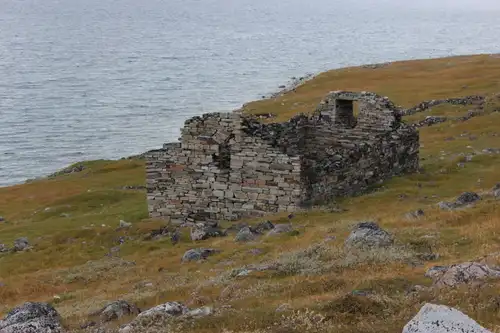
Greenland's History: When Vikings Ruled the Ice Age
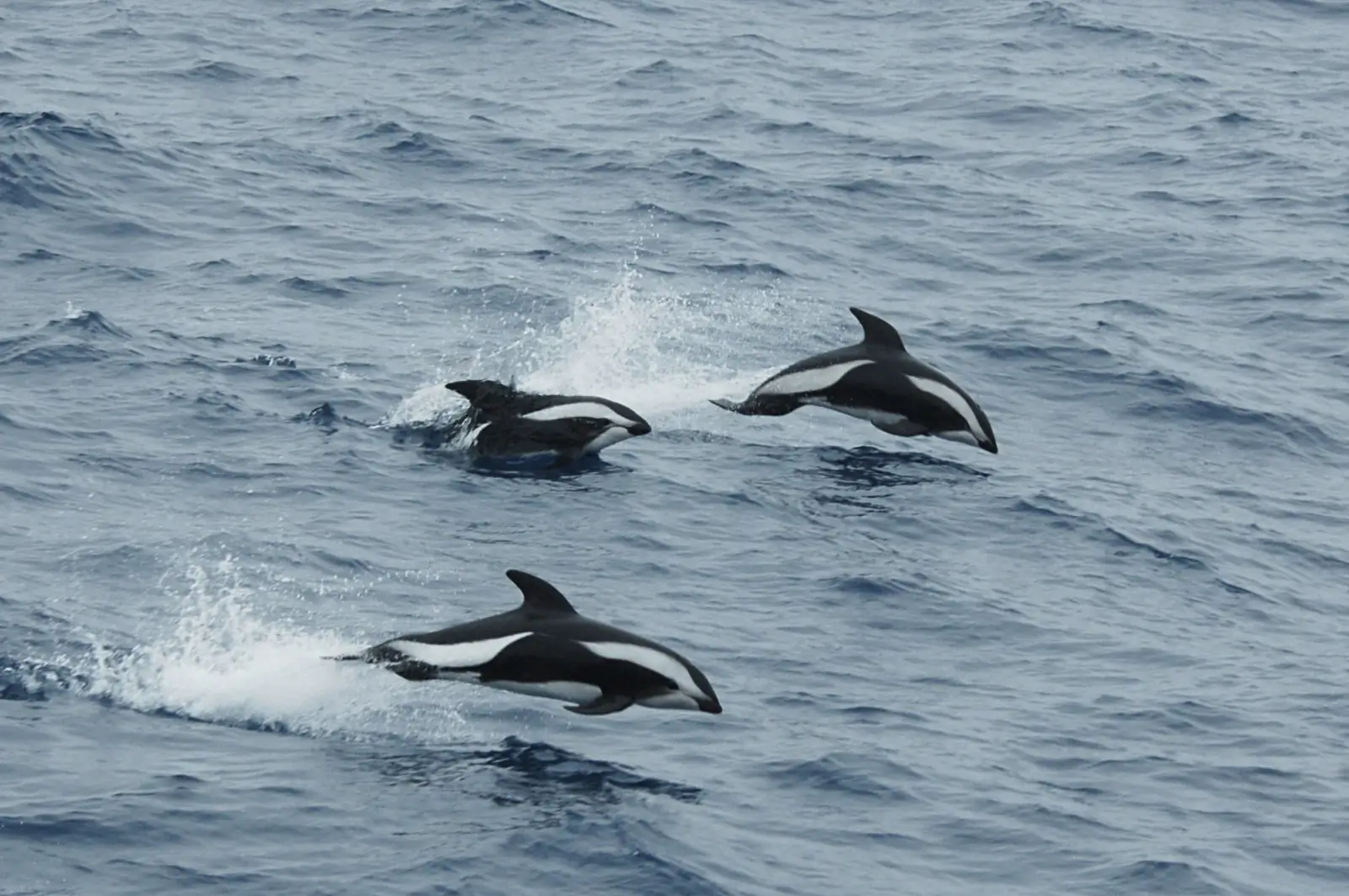
Antarctica’s Hourglass Dolphin
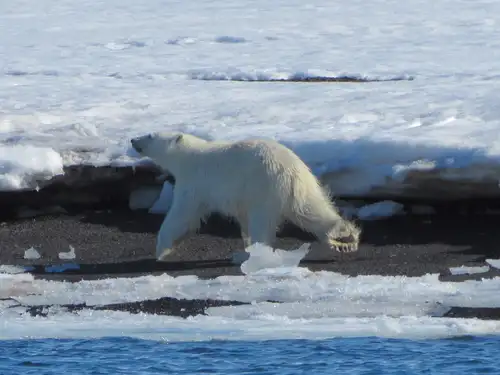
Polar bear feast
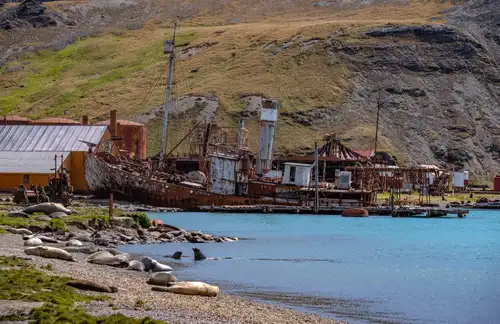
South Georgia Whaling Stations
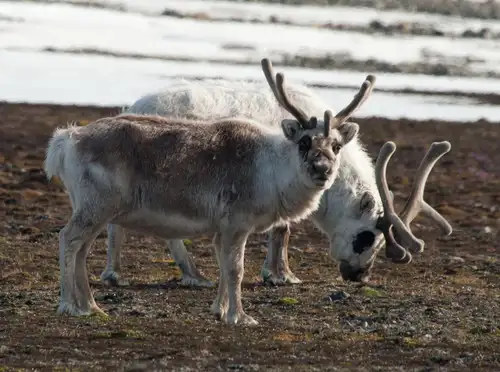
Amphibian, reptiles and herbivore mammals in the Arctic

Five of History’s Greatest Polar Explorers
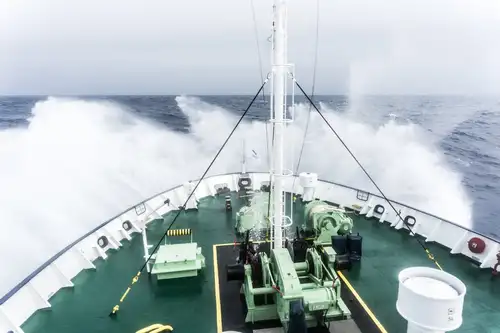
What to Expect When Crossing the Drake Passage
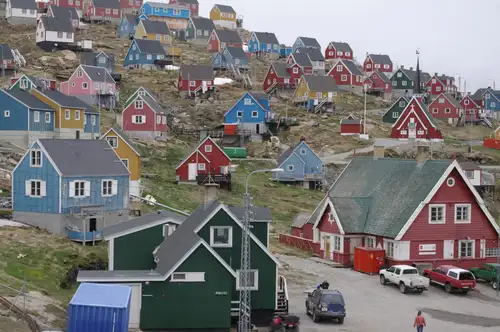
10 Traits of Post-Ice-Age Greenland
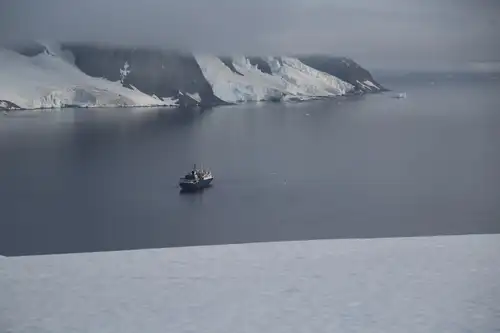
The Most Enchanting Antarctica Cruise Islands
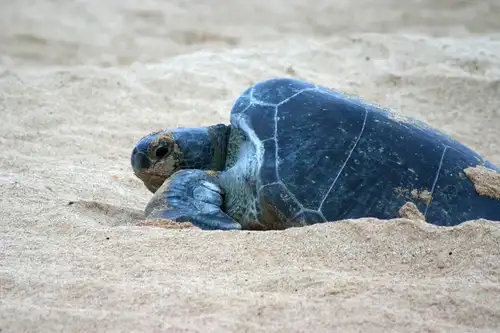
Going Green: Ascension Island Sea Turtles
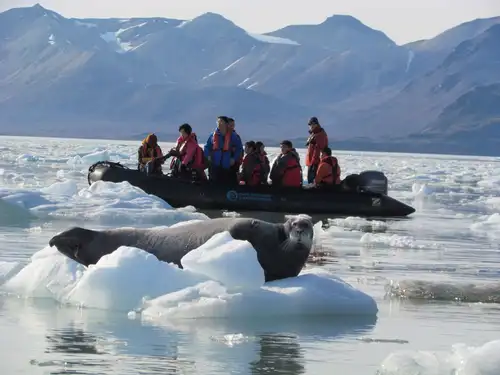
Six Seal Species You Might See On Your Greenland Cruise
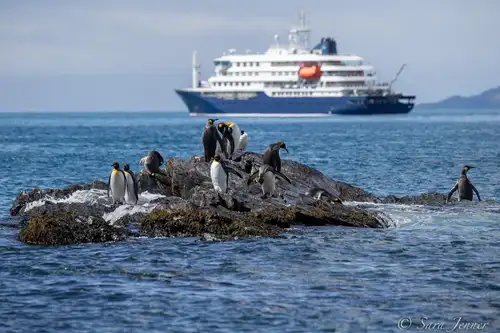
Weddell Sea, Shackleton’s Endurance, and New Swabia
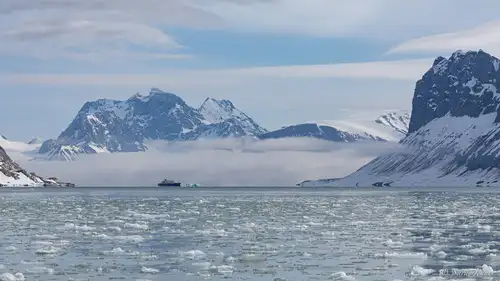
Svalbard vs. the Canadian Arctic




